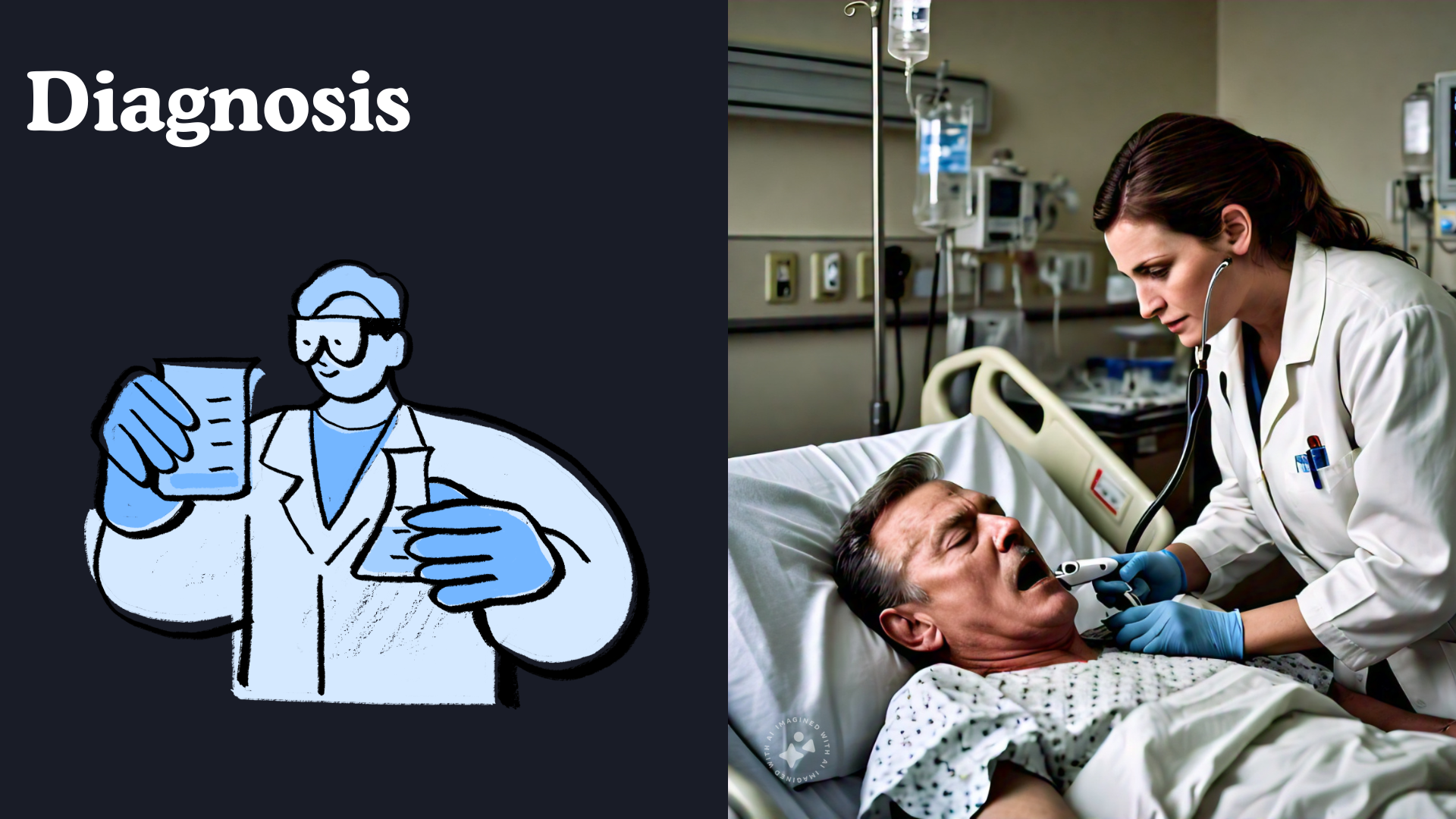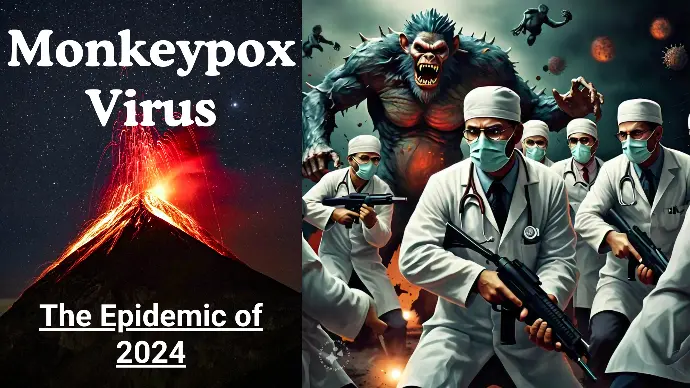Monkeypox Outbreak
Understanding the 2024 Monkeypox Outbreak: A Comprehensive Overview
In this article, we delve into the details of the Monkeypox outbreak of 2024, exploring the virus's origins, structure, transmission routes, clinical presentation, diagnosis, treatment, and prevention.
This zoonotic viral disease has resurfaced with significant implications, necessitating widespread awareness and understanding.
Click on the image to watch fill lecture on monkeypox through Dailymotion.
What is the Monkeypox Virus?
Monkeypox is a zoonotic viral disease caused by the Monkeypox virus, a member of the Orthopoxvirus genus.
This genus also includes the Variola virus, the cause of smallpox.
The virus is known for its ability to cross species barriers, which is a significant factor in its potential to cause outbreaks in humans.
History of Monkeypox
- The Monkeypox virus was first discovered in 1958 when outbreaks occurred in colonies of monkeys kept for research, giving the disease its name.
- However, the first human case was recorded in 1970 in the Democratic Republic of Congo, highlighting the virus's ability to infect humans and spread across populations.

Structure of the Monkeypox Virus
Monkeypox is a large, brick-shaped virus with a double-stranded DNA genome. Its substantial size and complex structure are characteristic of the Orthopoxvirus genus, and these features play a role in its ability to evade the immune system and persist in the host.
Types of Monkeypox Viruses
There are two distinct types of Monkeypox viruses:
- West African Clade: Typically associated with milder disease and lower mortality rates.
- Congo Basin (Central African) Clade: Known for causing more severe disease with higher mortality rates.

Geographical Distribution
Monkeypox is endemic in several Central and West African countries, including the Democratic Republic of Congo, Nigeria, Cameroon, and the Central African Republic.
These regions are hotspots for the virus, with periodic outbreaks occurring due to various factors, including human-wildlife interactions.
Global Spread of Monkeypox
While traditionally confined to Africa, Monkeypox has made appearances in countries outside the continent, including the United States, the United Kingdom, and Israel.
These cases are often linked to international travel or the importation of infected animals, highlighting the virus's potential for global spread.
Recent Outbreaks
The 2022 global outbreak marked a significant moment in the history of Monkeypox, with cases reported in multiple non-endemic countries.
This outbreak raised international awareness and underscored the need for vigilant monitoring and response strategies.

Transmission of Monkeypox
Monkeypox is transmitted through both animal-to-human and human-to-human routes.
1. Animal to Human Transmission:
Primary transmission occurs through contact with the blood, bodily fluids, or lesions of infected animals, primarily rodents and primates. Handling bush meat or being bitten or scratched by infected animals are common ways the virus spreads.
2. Human to Human Transmission:
This occurs via direct contact with infectious skin lesions or bodily fluids, respiratory droplets during prolonged face-to-face contact, and fomites—contaminated objects such as bedding or clothing.

Incubation Period
The incubation period for Monkeypox infection typically ranges from 5 to 21 days, during which the virus multiplies within the host before symptoms manifest.

Clinical Presentation
Monkeypox infection progresses through several phases:
- Initial Phase (1 to 5 days): Symptoms include fever, intense headache, lymphadenopathy, back pain, muscle aches, and fatigue.
- Rash Development: The rash begins 1 to 3 days after fever onset, starting on the face and spreading to other body parts, including the palms and soles.
- Lesions Stage: The rash progresses from macules to papules, vesicles, pustules, and eventually scabs.

Diagnosis of Monkeypox
Diagnosis involves two key components:
1. Clinical Diagnosis: Based on the characteristic rash, history of potential exposure, and symptoms like fever and lymphadenopathy.
2. Laboratory Testing:
- PCR Test: The gold standard for detecting Monkeypox DNA in samples from skin lesions.
- Virus Isolation: Conducted in specialized laboratories for further confirmation.
- Serology: Involves detecting antibodies against the virus in patients.

Treatment of Monkeypox
Treatment options are primarily supportive and include antiviral therapies:
1. Supportive Care: Includes pain relievers, hydration, and treatment of secondary bacterial infections.
2. Antiviral Treatment:
- Tecovirimat: Approved for treating smallpox and considered for Monkeypox under investigational protocols.
- Cidofovir: Another antiviral, though less commonly used due to potential toxicity.
Vaccination Against Monkeypox
Vaccination is a crucial preventive measure:
- Smallpox Vaccine: Provides cross-protection against Monkeypox, with post-exposure vaccination reducing disease severity.
- Newer Vaccines: JYNNEOS, a vaccine specifically approved for Monkeypox prevention, is used in certain countries.

Prevention of Monkeypox
Preventive measures are essential to control the spread of Monkeypox:
1. Animal-Related Precautions:
- Avoid contact with wild animals, especially those that are sick or dead.
- Practice good hygiene after handling animals or animal products.
2. Human-Related Precautions:
- Isolate infected individuals.
- Use personal protective equipment (PPE) for healthcare workers and caregivers.
- Educate communities about the risks and prevention methods.
Conclusion
The Monkeypox outbreak of 2024 serves as a reminder of the persistent threat posed by zoonotic diseases. Understanding the virus's structure, transmission, clinical presentation, and preventive measures is crucial for managing the outbreak and preventing future cases. By staying informed and taking appropriate precautions, we can mitigate the impact of this and other emerging infectious diseases.
